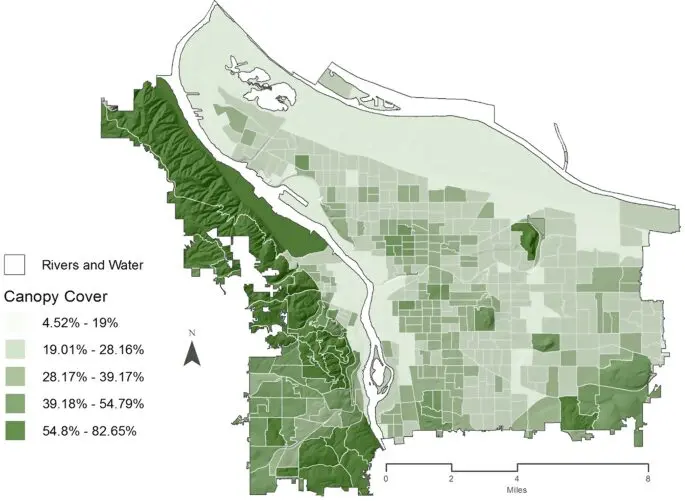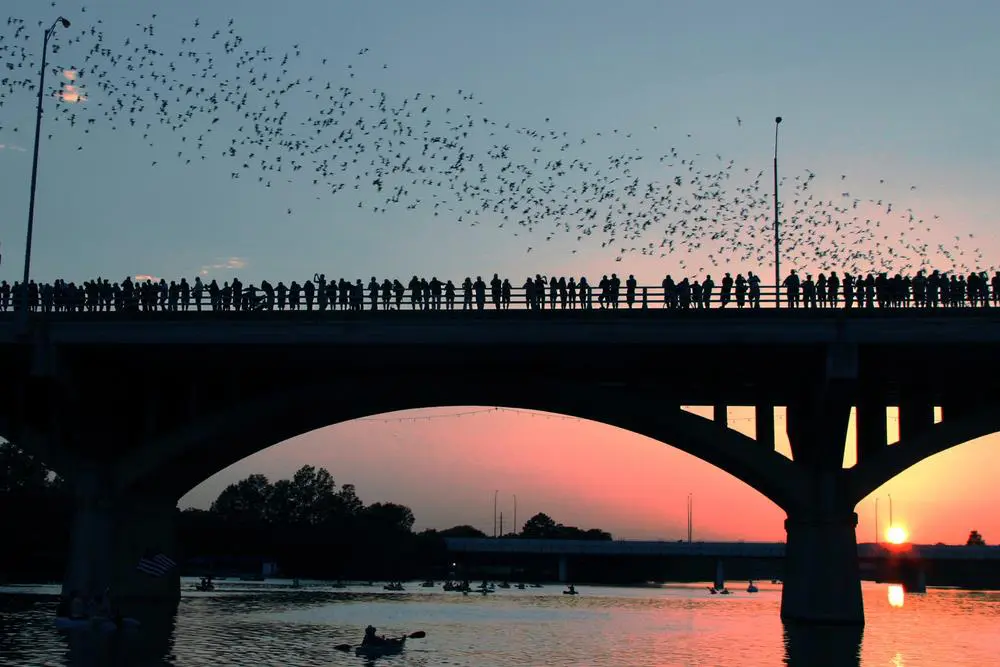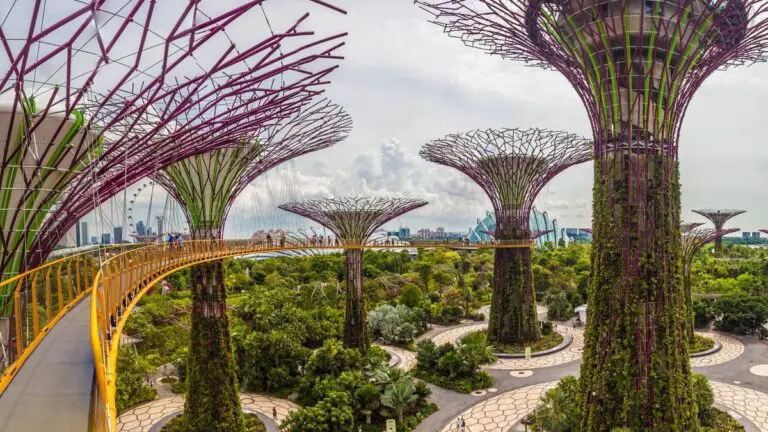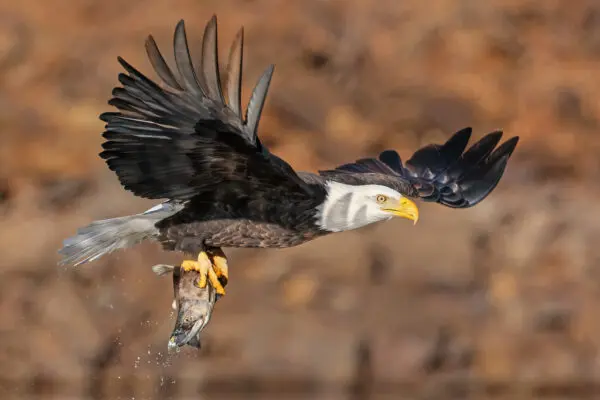For centuries, cities have been seen as concrete giants, towering testaments to human ambition that often come at the expense of nature. But a new movement is taking root, one that embraces the sky not just for buildings but for the feathered friends who call it home: bird-friendly city planning.
This shift is driven by a growing understanding of the vital role birds play in urban ecosystems. They pollinate plants, disperse seeds, control insects, and even improve air quality. But with dwindling natural spaces and glass facades posing deadly threats, cities have become silent graveyards for many avian species.
Enter the architects and planners who are reimagining the urban landscape with birds in mind. Green roofs, once seen as trendy add-ons, are becoming commonplace. These lush oases provide nesting grounds, food sources, and safe havens for birds to escape the urban clamor. Native plant landscaping, with its vibrant flora, attracts pollinators like hummingbirds and butterflies, creating a symphony of buzzing wings and vibrant colors.
Here’s a glimpse into the world of bird-centric urban planning:
Singapore’s Supertrees:

In the futuristic Gardens by the Bay, towering “Supertrees” adorned with lush vegetation offer a haven for over 200 bird species. These vertical gardens act as green lungs for the city, attracting a diverse avian community with their vibrant foliage and insect bounty.
Chicago’s High-Rise Havens:
Forget bird feeders – buildings in Chicago are becoming feathered apartment complexes. The Lyric Opera House boasts custom-built nesting shelves for peregrine falcons, while the Trump International Hotel and Tower offers cozy condos for American kestrels. These sky-high sanctuaries provide safe havens for birds of prey, reducing pest populations and adding a touch of wildness to the cityscape.
Portland’s “Green Grid”:

This network of parks, greenways, and natural areas crisscrosses Portland, creating a haven for migratory birds. Native plant landscaping provides food and shelter, while strategically placed feeders and water sources offer additional sustenance. The result? A city teeming with warblers, hummingbirds, and even the occasional owl, creating a symphony of chirps that rival the urban hum.
Austin’s Bat Bridge Bonanza:

Every evening, under the Congress Avenue Bridge in Austin, Texas, a spectacle unfolds. Over a million Mexican free-tailed bats emerge from beneath the bridge, hunting insects and filling the night sky with their fluttering wings. This bat colony thrives thanks to the city’s commitment to preserving their habitat and minimizing light pollution, reminding us that bird-friendly design can benefit other winged wonders too.
Toronto’s “Fatal Light Reduction Initiative”:
Recognizing the deadly threat of glass facades, Toronto launched a city-wide campaign to retrofit buildings with anti-collision markings. These subtle patterns, barely noticeable to humans, alert birds to the presence of glass, saving countless lives and allowing migrating birds to navigate the cityscape safely.
Citizen Science Takes Flight:
Initiatives like the Cornell Lab of Ornithology’s “eBird” program empower birdwatchers to contribute valuable data on urban bird populations. By simply logging their sightings, citizens become crucial partners in monitoring the effectiveness of bird-friendly design features and informing future conservation efforts.
These are just a few examples of how cities are taking wing of bird-friendly initiatives. As we move forward, it’s crucial to remember that building for birds is not just about aesthetics – it’s about creating healthier, more resilient, and vibrant communities for all. So, let the chirps be our guide, and let us design cities that soar not just with steel and glass, but with the wings of our feathered neighbors.
The benefits extend beyond the birds. Studies show that green spaces and the presence of birds reduce stress, improve air quality, and even boost property values. These bird-friendly features are no longer just an environmental nicety, but a smart investment in the health and well-being of urban residents.
But the journey isn’t without challenges. Integrating green infrastructure into existing cityscapes can be expensive and require careful planning. Public awareness and education are crucial to ensure community support and responsible birdwatching practices.
As we move forward, let’s remember that birds are not just decorative additions to our urban landscape, but essential threads in the fabric of our well-being. By designing cities with birds in mind, we not only create havens for these feathered friends but also build healthier, more vibrant communities for ourselves. So, the next time you hear a bird song echoing through the concrete canyons, let it be a reminder: the city can take flight, and the future is a symphony of wings.




2 thoughts on “Beyond Concrete Jungles: How Urban Planners are Creating Bird Friendly Cities”